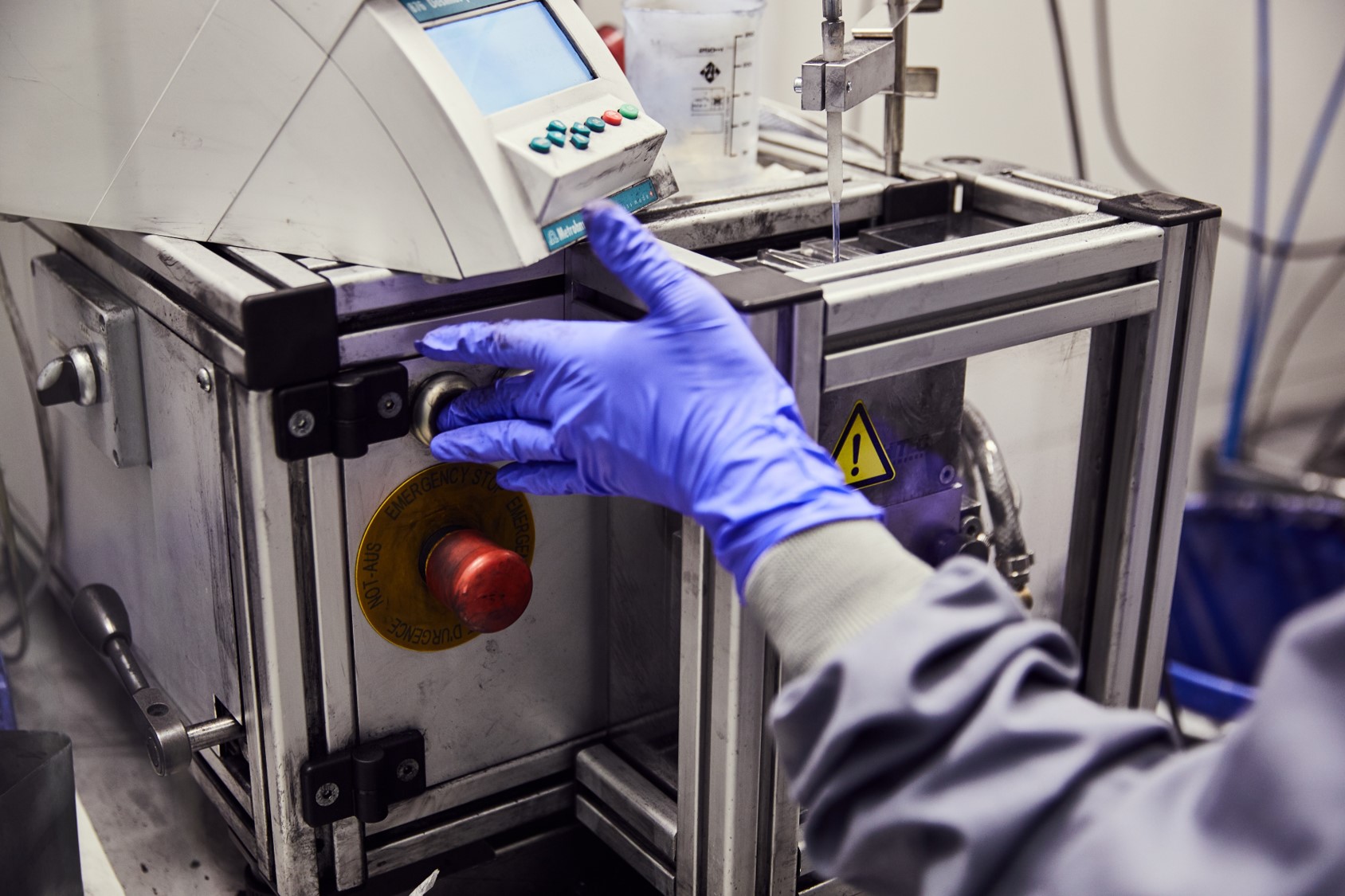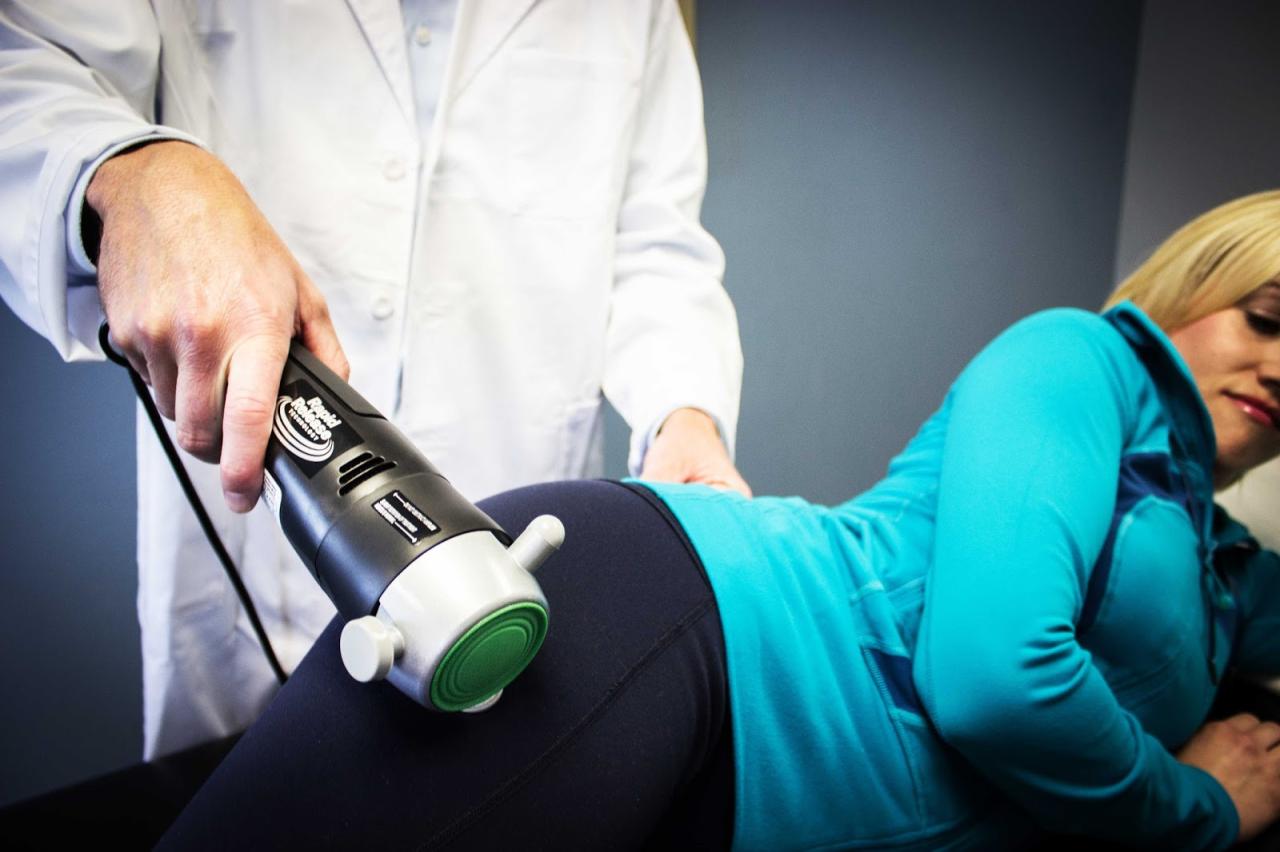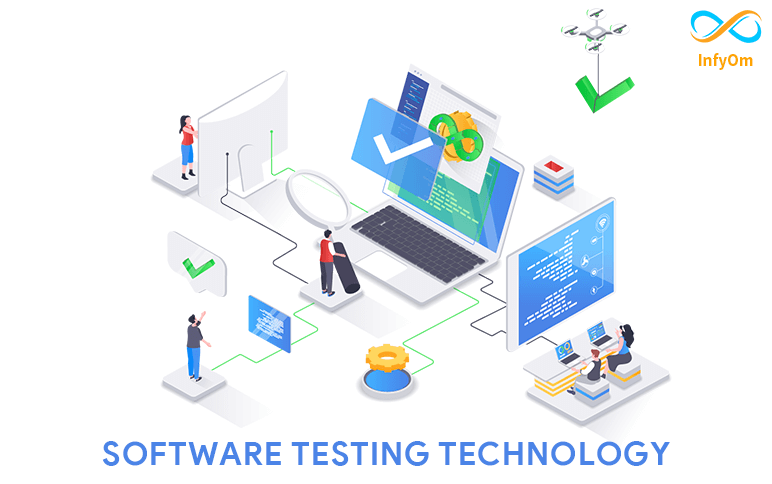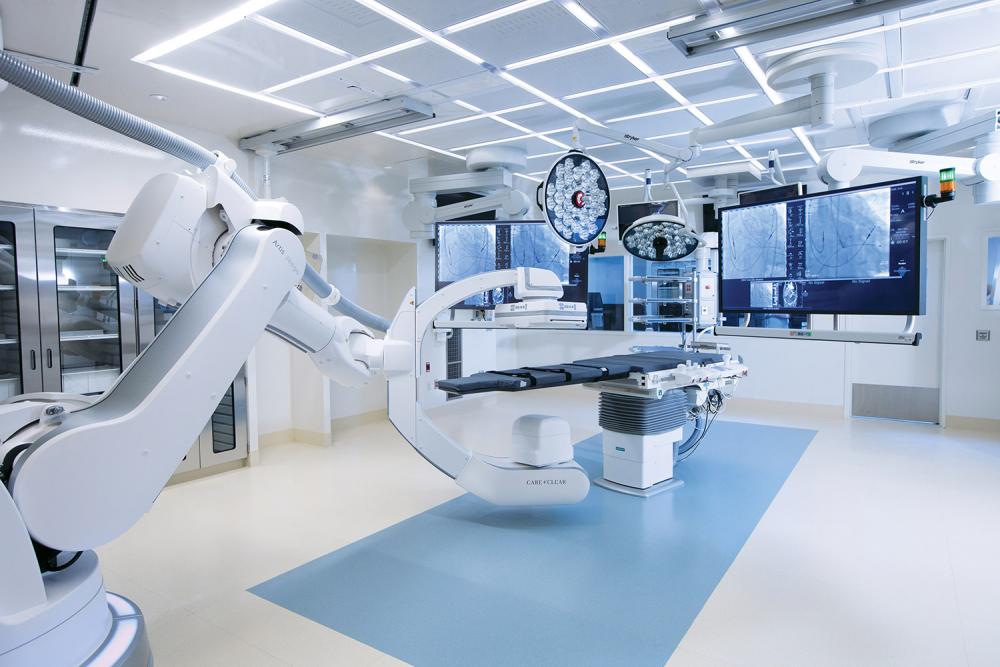Testing Technologies: A Journey Through Evolution and Innovation
Testing technologies have evolved dramatically, transforming the way software is tested and ensuring higher quality. From traditional manual methods to sophisticated automated frameworks, testing has become an integral part of […]

Testing technologies have evolved dramatically, transforming the way software is tested and ensuring higher quality. From traditional manual methods to sophisticated automated frameworks, testing has become an integral part of the software development lifecycle.
This exploration delves into the history of testing technologies, highlighting key milestones and the impact of automation and artificial intelligence. We’ll examine different types of testing, including functional, performance, security, and usability testing, and discuss the role of cloud-based testing and emerging trends like AI-powered testing and shift-left testing.
Emerging Trends in Testing Technologies

The landscape of software testing is rapidly evolving, driven by advancements in technology and the increasing complexity of software systems. Several emerging trends are reshaping how we approach testing, offering both opportunities and challenges.
AI-Powered Testing
AI-powered testing leverages artificial intelligence to automate and enhance various aspects of the testing process. This includes tasks like test case generation, test execution, and defect prediction.
- Test Case Generation: AI algorithms can analyze code and requirements to automatically generate test cases, covering a wider range of scenarios and reducing manual effort.
- Test Execution: AI can automate the execution of tests, including running tests in parallel and dynamically adjusting test execution based on results.
- Defect Prediction: AI models can analyze historical data to predict potential defects in code, allowing developers to address them proactively.
AI-powered testing promises to improve test coverage, efficiency, and accuracy. However, it also presents challenges, such as the need for large datasets, potential biases in AI models, and the complexity of interpreting AI-generated results.
Test Automation at Scale
As software systems become increasingly complex and distributed, the need for comprehensive test automation has become paramount. This trend involves scaling test automation efforts across the entire software development lifecycle, encompassing various testing levels.
- Shift-Left Testing: This involves integrating testing activities earlier in the development process, enabling early detection of defects and reducing the cost of fixing them later.
- Continuous Integration and Continuous Delivery (CI/CD): Test automation is tightly integrated into CI/CD pipelines, allowing for automated testing with each code change.
- Cloud-Based Testing: Cloud platforms provide scalable infrastructure for running tests, enabling parallel execution and access to a wide range of testing environments.
Test automation at scale is crucial for maintaining software quality in today’s fast-paced development environments. However, it requires significant investment in infrastructure, tools, and skilled personnel.
Shift-Left Testing, Testing technologies
Shift-left testing is a fundamental principle in modern software development that emphasizes early and continuous testing throughout the development lifecycle. This approach aims to detect defects as early as possible, minimizing the cost and effort required for remediation.
- Unit Testing: Developers write unit tests to verify the functionality of individual code components, ensuring that each unit behaves as expected.
- Integration Testing: Tests are conducted to ensure that different components of the system integrate seamlessly, working together as intended.
- Early User Acceptance Testing (UAT): Involving users in testing early in the development process helps identify usability issues and gather valuable feedback.
Shift-left testing promotes a culture of quality and ownership, empowering developers to take responsibility for the quality of their code. However, it requires a shift in mindset and a commitment to incorporating testing practices throughout the development process.
Closure: Testing Technologies

As software development continues to evolve, testing technologies will play an even more critical role in ensuring the quality, security, and performance of applications. By understanding the history, types, and future of testing technologies, developers and testers can embrace innovative approaches to deliver exceptional software experiences.
Testing technologies are crucial for ensuring the quality and reliability of any software product. They help us identify and fix bugs, improve performance, and ensure that the software meets the intended requirements. One interesting aspect of testing is its role in the evolution of technology itself.
For example, testing is vital in the development of renew technologies , such as renewable energy systems and sustainable materials, to ensure their efficiency and effectiveness. The testing process itself is constantly evolving to keep pace with these advancements, becoming more sophisticated and incorporating new methods to address the challenges of the ever-changing technological landscape.










